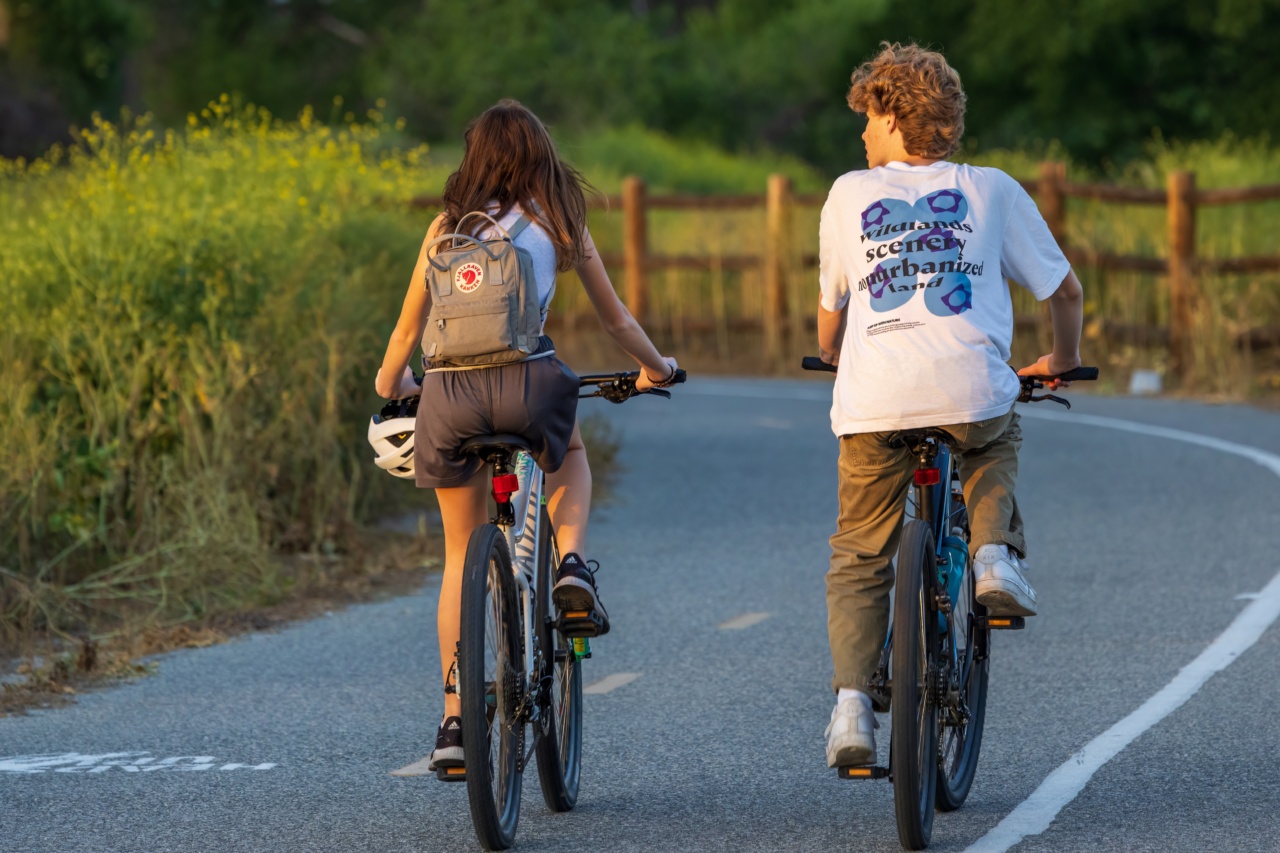Regular exercise and physical activity are crucial for maintaining a healthy body and overall well-being.
Cycling, in particular, is a great form of cardiovascular exercise that is relatively low-impact and can be enjoyed by people of all ages and fitness levels. However, a recent study has discovered a link between road cycling and bone density loss, raising concerns about the potential risks associated with this popular sport.
What is Bone Density?
Bone density is a measure of the amount of calcium and other minerals present in bone tissue. It is an important indicator of bone strength and overall skeletal health.
Low bone density, or osteoporosis, can lead to an increased risk of fractures and other bone injuries, especially in older adults and post-menopausal women.
The Study
The study was conducted by researchers in Switzerland and involved 87 male and female professional and amateur cyclists between the ages of 18 and 60.
Participants were asked to complete detailed questionnaires about their cycling habits, including the frequency, intensity, and duration of their rides.
The researchers used specialized equipment to measure the bone density of the cyclists’ hip, spine, and total body. They found that the majority of the participants had lower-than-average bone density, particularly in the hip and spine areas.
The cyclists who rode the most frequently and for the longest durations were found to have the greatest risk of bone density loss.
Possible Reasons for Bone Density Loss in Road Cycling
So why does road cycling appear to be linked to bone density loss? Experts believe that the repetitive, high-impact nature of cycling, as well as the seated position of the rider, may be contributing factors.
Unlike weight-bearing exercises like running or jumping, cycling places minimal stress on the bones in the legs and feet, which can lead to a decrease in bone density over time.
Additionally, road cycling often results in long periods of sustained sitting, which can lead to reduced blood flow to the bones and a decrease in bone mass.
The bending-forward position of the cyclist may also contribute to a decrease in bone density, as it places additional stress on the spine and hip bones.
What Can Cyclists Do to Reduce Their Risk?
While the study’s findings may be concerning, there are steps that cyclists can take to reduce their risk of bone density loss.
One of the most effective ways is to incorporate weight-bearing exercises, such as running or hiking, into their training regimen. This can help to strengthen the bones in the legs and feet and maintain bone density.
Cyclists can also adjust their riding position to reduce the stress on their spine and hip bones.
Slowing down and taking more frequent breaks during long rides can help to prevent prolonged periods of sustained sitting and promote better blood flow to the bones.
Finally, cyclists should make sure to consume adequate amounts of calcium and vitamin D, both of which are important for maintaining bone health.
Good sources of calcium include dairy products, leafy green vegetables, and fortified foods like orange juice and cereal.
Vitamin D can be obtained from sunlight, fatty fish, and fortified foods like milk and cereal.
Conclusion
While cycling is a great form of exercise and a popular pastime, it is important to be aware of the potential risks associated with road cycling and bone density loss. By incorporating weight-bearing exercises, adjusting riding positions, and consuming adequate amounts of calcium and vitamin D, cyclists can maintain strong, healthy bones and continue to enjoy the sport well into their later years.






























